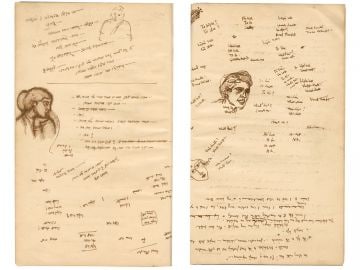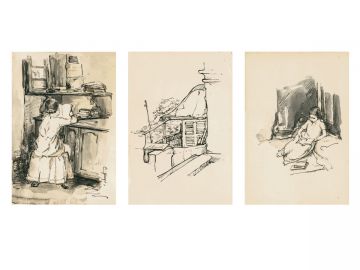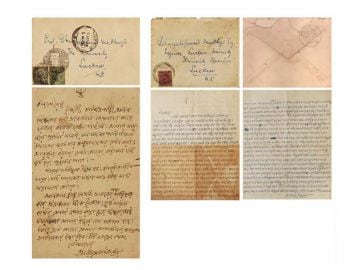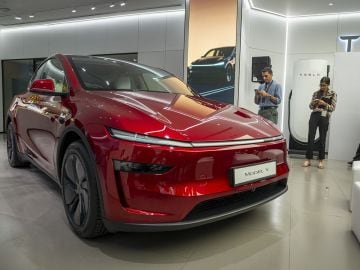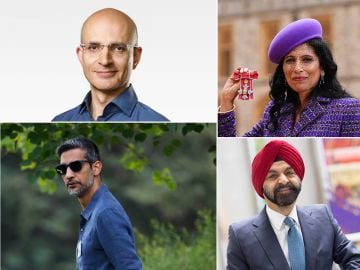Liu's cultural revolution
Over 200 Chinese artworks will be on display at Shanghai’s Long Museum founded by business tycoon Liu Yiqian
-
Published:
-
06/06/2015 12:00 AM
Image by : Qilai Shen for Forbes
1/10
Image by : Qilai Shen for Forbes
1/10
A bronze statue of Sun Yat-sen, leader of China’s Republican Revolution and hailed as the Father of the Nation in both the mainland and Taiwan, greets guests at the exhibit’s entrance. The sculpture depicts Sun in the middle of a speech advocating his revolutionary ideas
Image by : Qilai Shen for Forbes
2/10
Image by : Qilai Shen for Forbes
2/10
Scenes of life in 1930s and 1940s China depict the period’s turbulence, with crowds scrambling for food and peasants dividing up furniture and fabrics confiscated from landlords. (However, works about later unrest, such as starvation from the Great Leap or violence during the Cultural Revolution, are absent from the exhibit.) Labour is also a major motif: The oil painting on the far right shows villagers fighting against time to gather the harvest. A block print by renowned printmaker Gu Yuan portrays workers toiling in a renovated steel plant
Image by : Qilai Shen for Forbes
3/10
Image by : Qilai Shen for Forbes
3/10
Portraits of Mao Zedong were wildly popular among Red Guard students after the outbreak of the Cultural Revolution in 1966. This wood-block print was created by an art student just out of school at the time
Image by : Qilai Shen for Forbes
4/10
Image by : Qilai Shen for Forbes
4/10
Block prints enjoyed particular favour during China’s revolutionary times, partly for their ease of use in making posters
Image by : Qilai Shen for Forbes
5/10
Image by : Qilai Shen for Forbes
5/10
Many artists were influenced by Lu Xun, left-wing writer and iconic figure in the history of China’s block print art. Communist Party leaders and wartime heroes are among the popular subjects
Image by : Qilai Shen for Forbes
6/10
Image by : Qilai Shen for Forbes
6/10
Tang Daxi, a leading sculptor, captured the moment when a People’s Liberation Army soldier tries to stop a startled horse from rushing into a moving train
Image by : Qilai Shen for Forbes
7/10
Image by : Qilai Shen for Forbes
7/10
Beginning in the 1950s, oil paintings became increasingly prominent. This oil of a Red Army soldier was painted in the 1960s, after China’s attempts to cut the cord with the Soviets
Image by : Qilai Shen for Forbes
8/10
Image by : Qilai Shen for Forbes
8/10
Factory workers handling heavy machinery in this painting look more vigorous than some of the museum’s visitors
Image by : Qilai Shen for Forbes
9/10
Image by : Qilai Shen for Forbes
9/10
Tang Daxi’s Daughter of the Sea depicts a militiawoman stationed for coastal defence with one hand on an anchor and another on her firearm
Image by : Qilai Shen for Forbes
10/10
Image by : Qilai Shen for Forbes
10/10
This sculpture of Communist Party leaders Mao Zedong, Zhou Enlai and Zhu De, dubbed Comrades in Arms, was created a year after the three died in 1976
(Captions are based on descriptions displayed in the exhibit and on the museum website.)
